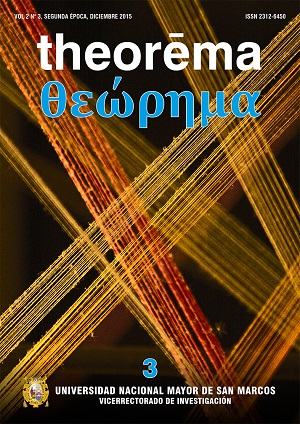Biodegradation of herbicide atrazine by bacteria isolated from agricultural soils
Keywords:
Atrazine, Stenotrophomonas, biodegradation, hormonal disruptor.Abstract
Atrazine is one of the most widely used herbicides worldwide in corn, sorghum, sugarcane, pineapple and others, belongs to the family of s-triazine to present a heterocyclic ring that confers high stability. It is considered by the EPA, WHO, OSPAR, WWF as hormonal disruptor and its environmental persistence, ability to seep into the soil, is a contaminant of groundwater reservoirs, rivers and lakes. The present work is evaluated efficiency of atrazine degradation by bacteria isolated from agricultural soils. 7 microbial consortia MIG-AI, MIG-AS-BS MIG MIG-DI, MIGE,-F and MIG MIG-G selected by growth and progressive solubility of the herbicide over 4 subcultures in minimal medium as a sole atrazine carbon and nitrogen source. The MIG-AI consortium selected for best performance presents a specific growth rate of 0.31 h-1 atrazine solubilizing in 2 days and generating areas of clearance in 4 days in liquid and solid medium, respectively. It was identified by analysis of 16S rRNA gene of strain Stenotrophomonas maltophilia MIG-AI/2 having ability to degrade atrazine.Downloads
Published
Issue
Section
License
Copyright (c) 2016 Miguel Cervantes, Pablo Ramírez

This work is licensed under a Creative Commons Attribution-NonCommercial-ShareAlike 4.0 International License.

Theorema segunda época by Vicerrectorado de Investigación y Posgrado is licensed under a Creative Commons Reconocimiento-NoComercial-CompartirIgual 4.0 Internacional License.
Creado a partir de la obra en http://revistasinvestigacion.unmsm.edu.pe/index.php/Theo/index.
AUTHORS RETAIN THEIR RIGHTS:
a. Authors retain their trade mark rights and patent, and also on any process or procedure described in the article.
b. Authors retain their right to share, copy, distribute, perform and publicly communicate their article (eg, to place their article in an institutional repository or publish it in a book), with an acknowledgment of its initial publication in the Theorema segunda época.
c. Authors retain theirs right to make a subsequent publication of their work, to use the article or any part thereof (eg a compilation of his papers, lecture notes, thesis, or a book), always indicating the source of publication (the originator of the work, journal, volume, number and date).



